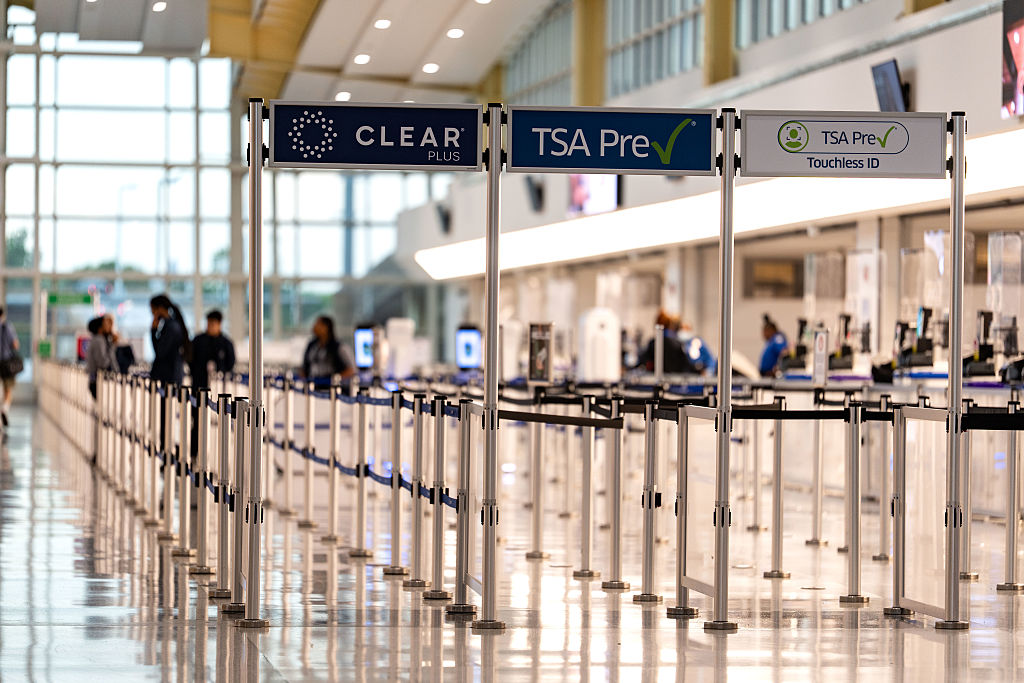Homeland Security Secretary Kristi Noem says she’s done with the airport shuffle: take off your shoes, pull out your laptop and toss out that water bottle.
On July 8, Noem officially ended the nearly 20‑year-old shoe‑removal requirement at domestic TSA checkpoints, citing successful pilot tests with newer scanners. “I think most Americans will be very excited to see they will be able to keep their shoes on,” she said. Passengers may still be asked to remove footwear if additional screening is needed.
Then, speaking at a Hill summit this week, Noem signaled the next target: the liquids rule. “The liquids, I’m questioning,” she told attendees. “That may be the next big announcement — what size your liquids need to be,” she added.
These changes reflect new technology at checkpoints — more than 200 airports now use CT scanners capable of 3‑D imaging, the kind needed to detect threats inside liquids without making travelers unpack everything.
The 3.4‑ounce restriction dates to a 2006 UK terror plot involving liquid explosives, while shoe removal began after the Richard Reid shoe‑bombing attempt in 2001. Critics have long called the rules outdated and burdensome, especially for families, seniors and travelers with disabilities, who must juggle gallons of amenities and bare their feet in line.
Noem’s initiative is broadly popular. It also serves a political purpose: it aligns with her agenda of reducing bureaucratic friction and projecting a technology‑savvy image during her tenure at DHS. But experts caution: inconsistent rollout of new scanners and partial rule changes could cause confusion.
Soon, travelers may breeze through security with shoes on and full‑size liquids packed, reducing stress and streamlining lines. For now, however, travelers should check airport rules — and belt up, sip down and be ready to unpack.
Read more
about airport security


